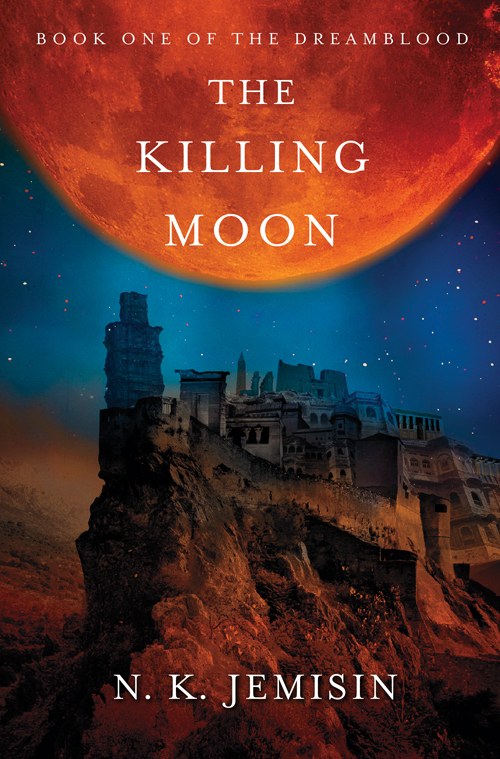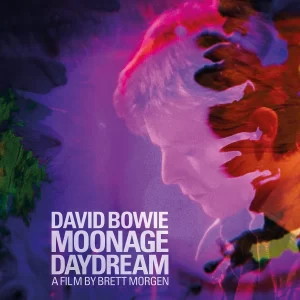The Killing Moon: a Masterclass in Fantasy
October 3, 2022
After a three month long reading slump, The Killing Moon by N.K. Jemisin brought me out. The book expertly uses mysterious and gripping elements that capture a reader’s interest early on. Without a dull moment, it is difficult to put down and continuously draws the reader in with plot twists and vile underlying intentions.
On the first page, readers are instantly made aware of the threat at hand, and it is a terrifying one. “In the dark, a soul has died. Its flesh, however, is still hungrily, savagely alive.” The “Reaper,” as it’s called, is the deranged body of an evil or corrupt soul that no longer experiences any bliss. In search of happiness that can never be found, the Reaper kills in an attempt to steal the joy of others.
Ehiru is a Gatherer in the city-state Gujaareh. This means that he helps send lost and damaged souls to a dream and can allow them to experience joy and tranquility. He is respected among his people as the most peaceful priest of Hananja, which is revered in the city-state. Over the course of the book, he is faced with a difficult choice between loyalty and faith.
Nijiri, a Gatherer Apprentice of Ehiru, strives to impress Ehiru and become as skilled a Gatherer as him. But Nijiri’s adoration for Ehiru proves itself an obstacle when it comes time for him to take his final step towards becoming a true Gatherer: gathering Ehiru himself after he becomes corrupt. When Ehriru is held in wait for the final test to find out if he is too peaceless to continue gathering, it is Ehiru and Nijiri’s inability to communicate with each other that helps them make the right decision to leave Gujaareh. Ehiru plans to wait and do as he is told by the Prince, not knowing his true, foul intentions. Nijiri, on the other hand plots to kidnap Ehiru and leave with a foreigner that they met through a commission and decided was not yet corrupt enough to gather.
Undoubtedly with undertones of the real world, the plot of The Killing Moon is an odd one, but not at all bad. The storyline is much like a balloon with an intricate design that you can only see when completely blown up. With just a short summary, you might think you have heard of a similar book before. But if you were to read the book for yourself, you would be able to grasp its entirely unique nature that is further polished and refined by Jemisin’s stylistic flow.
Following the award winning Inheritance Trilogy, Jemisin’s Dreamblood Duology is perfectly smooth around the edges and does not disappoint. Full of ups and downs, The Killing Moon is bound to throw the reader’s heart for a whirlwind of emotions. Like quicksand, the further into the book you go, the stronger hold it has on you. Jemisin dares the reader to keep moving.






















